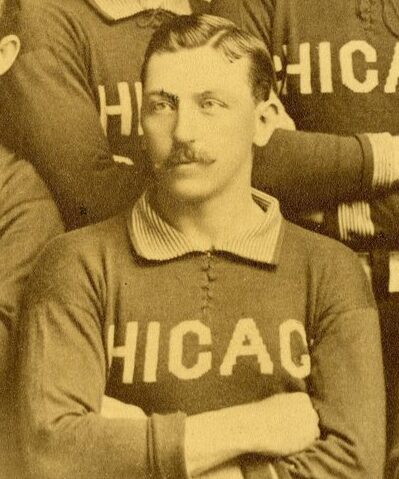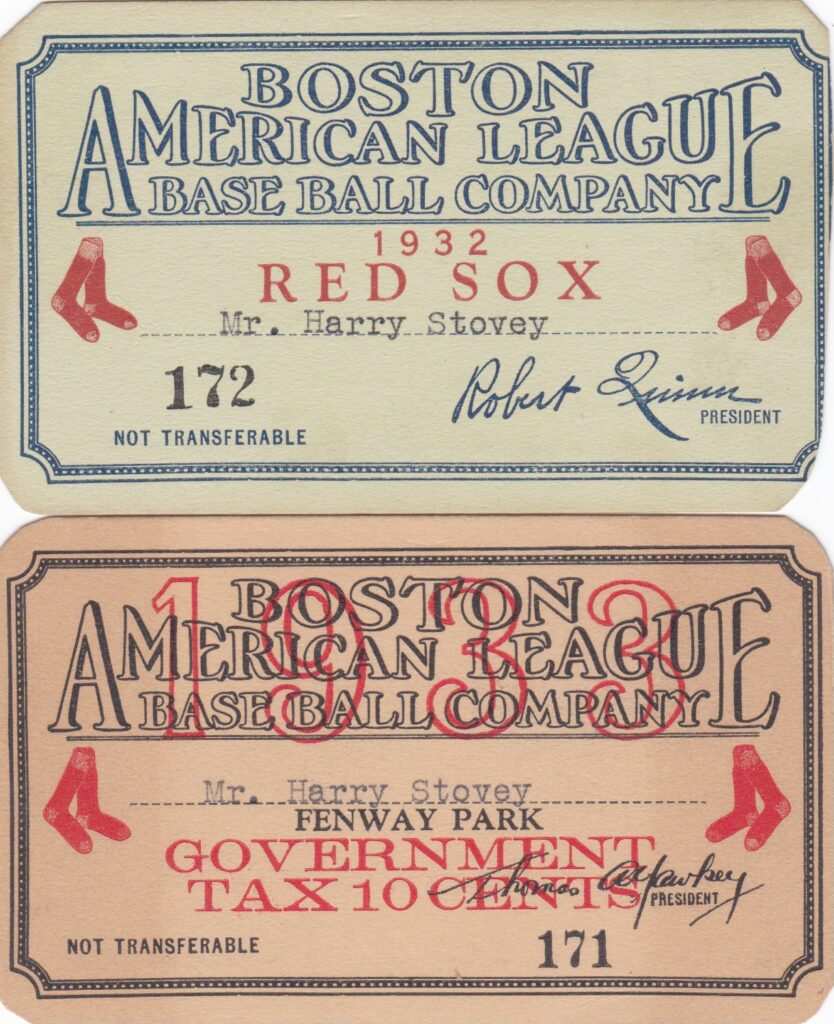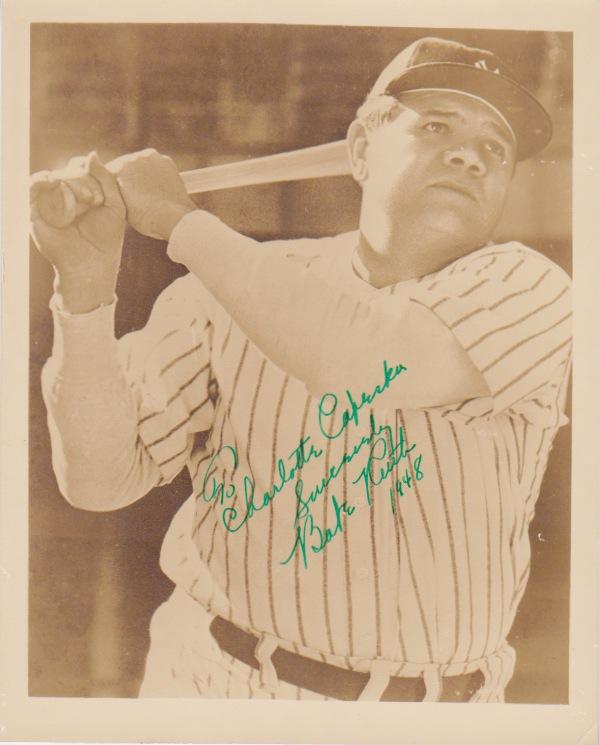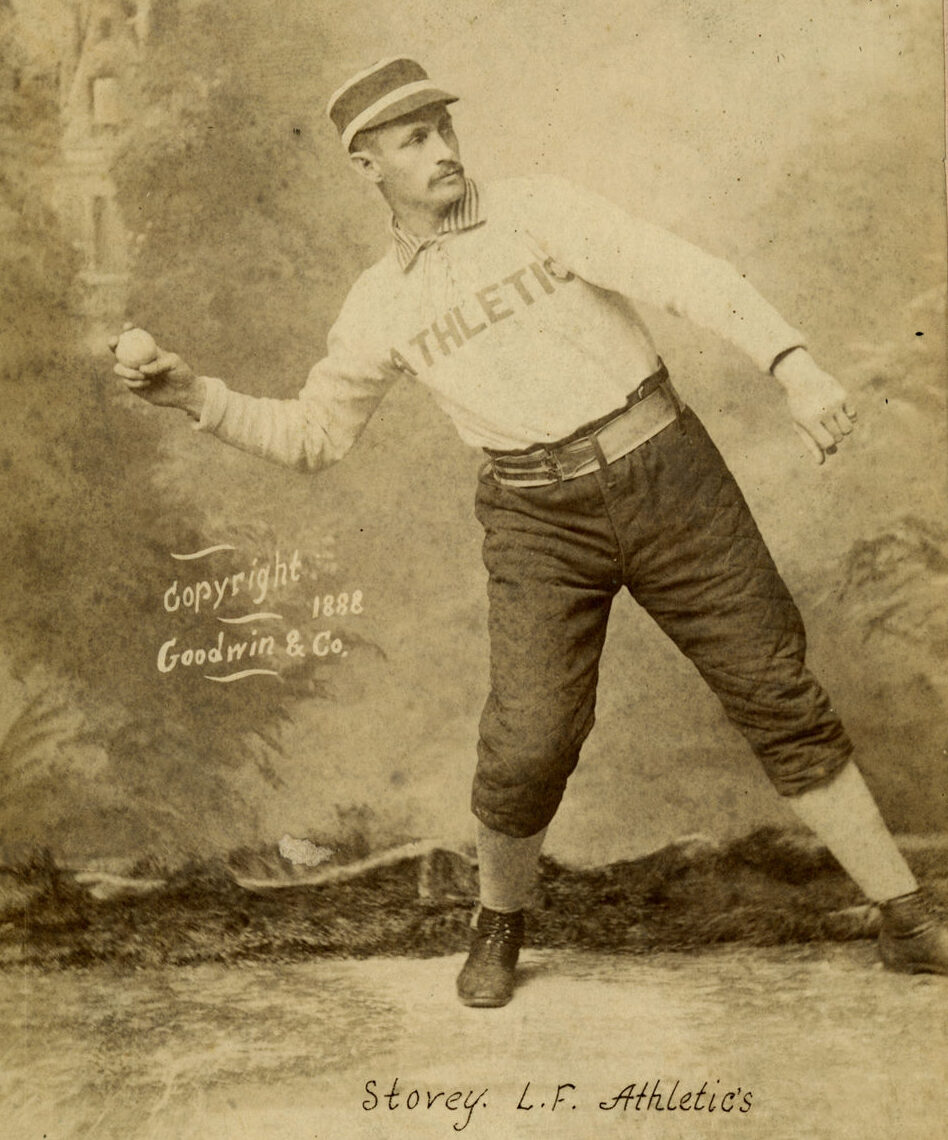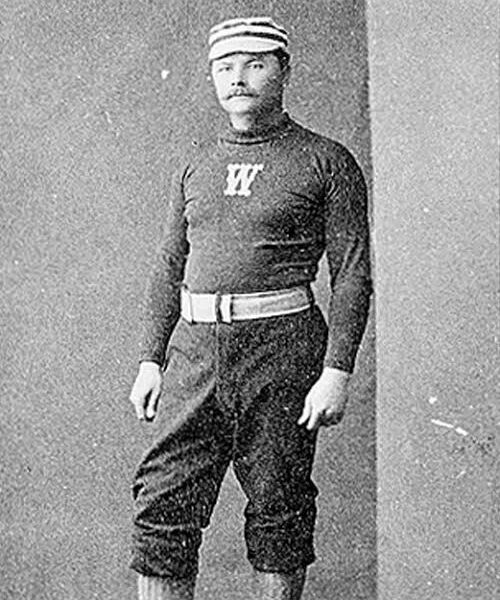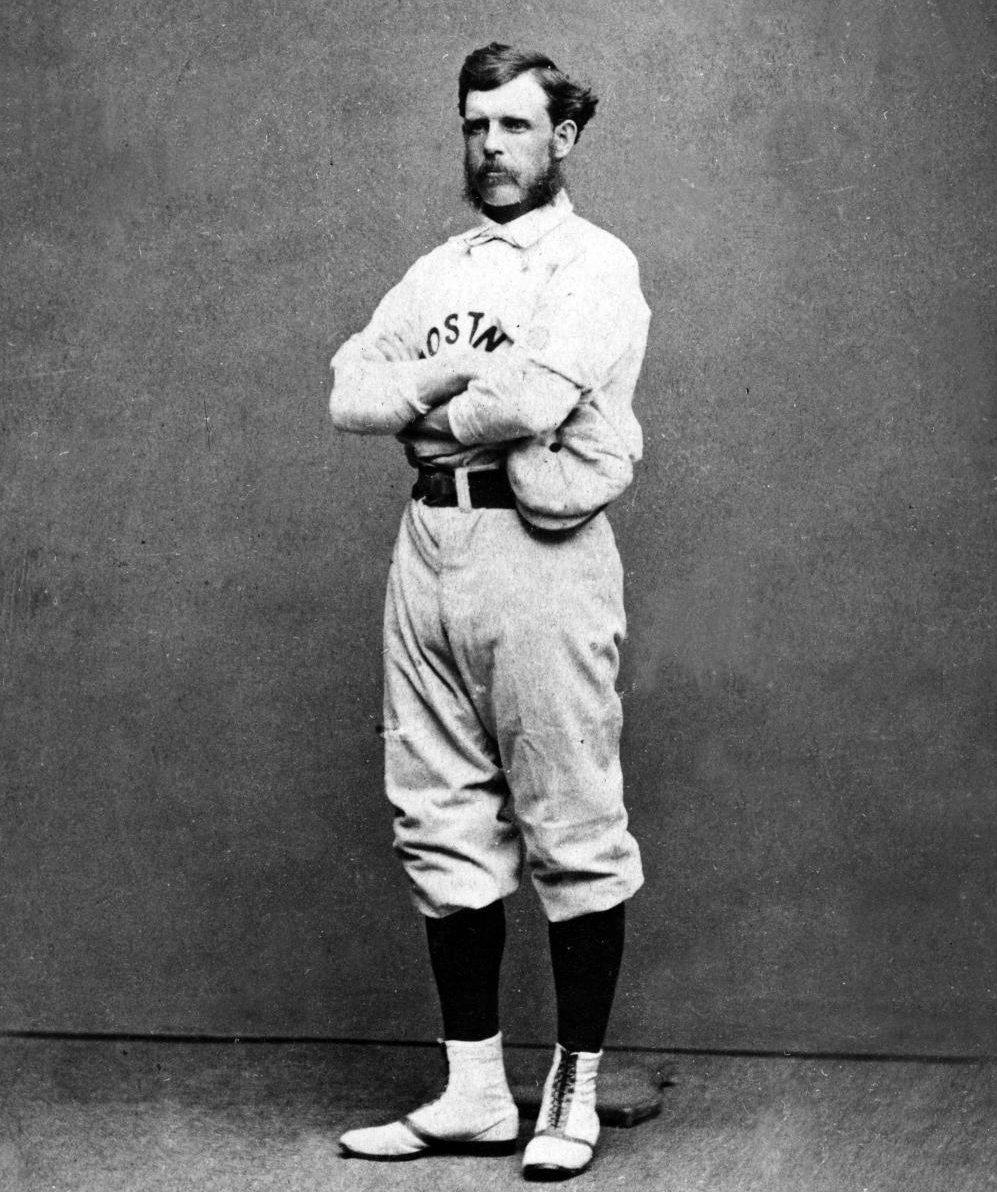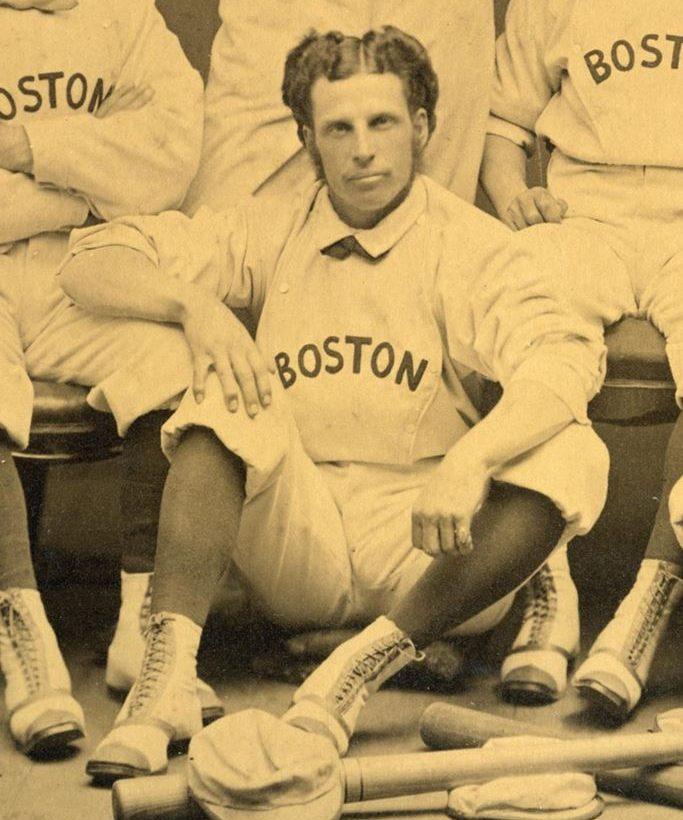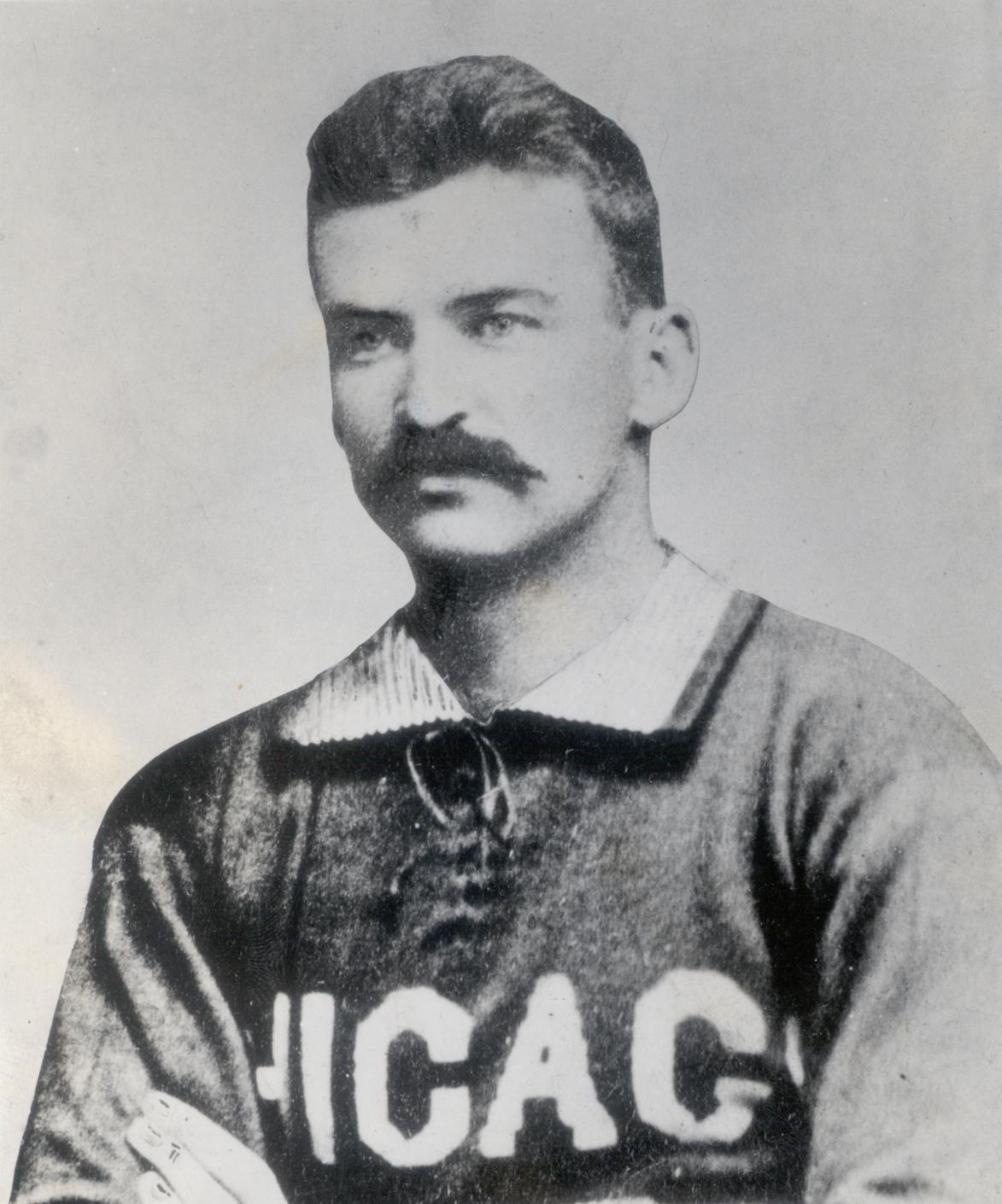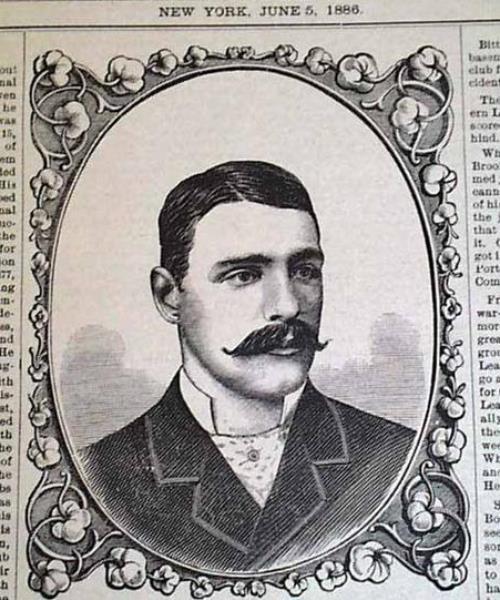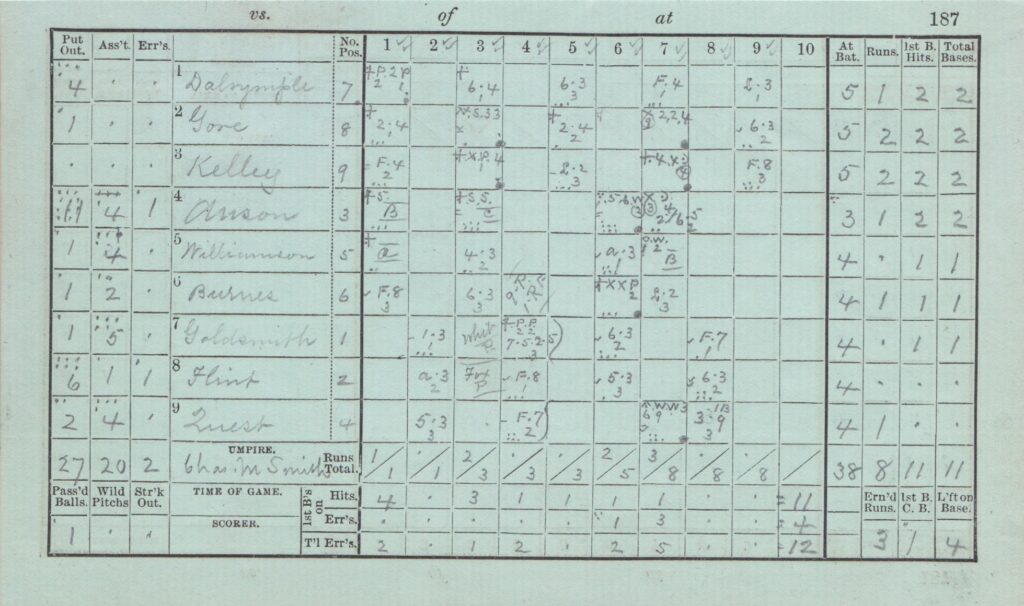
When Ned Williamson broke Harry Stovey’s MLB single-season home run record of 14, he pushed the mark to an unimaginable 27 long balls. Before Williamson, six different sluggers lad claim to the record from 1871-1883.
In 1884 the third baseman did the unthinkable thanks in large part to his home park. Chicago’s Lakefront Field flaunted the shortest distances in big league history from home plate to the outfield fences. No player has been aided by his team’s park before him or since.
The right-handed hitting Williamson needed to drive the ball just 180′ to clear the left field fence. Center was 300′ from home, while the barrier in right was 196′ away. Today Little League fields are more spacious than Lakefront.
Home of the White Stockings, an early NL precursor to the Cubs, the park was in use for just two seasons. In 1883 the league instituted a rule to compensate for the coziness of the field: any ball hit over the fence was a ground-rule double. That year Williamson slapped a then-record 49 two-base hits.
The following season the league lifted the rule, awarding home runs to players who cleared the nearby fences. Each of the NL’s top four home run hitters were Chicagoans, all of them topping Stovey’s previous mark.
Hall of Famer Cap Anson hit 21 big flies, breaking Stovey’s record by 50%. Three of his teammates hit more. Abner Dalrymple, the 1878 batting champ and the first man to be intentionally walked with the bases loaded hit 22 homers. Second baseman Fred Pfeffer claimed 25 round-trippers to finish directly behind Williamson.
In the friendly confines of Lakefront, the Chicago squad slugged 142 homers. That shattered Cincinnati’s MLB team record of 34. The prolific spree prompted the National League set a minimum distance for outfield fences at 210′. Order was restored.
The White Stockings’ team homer total shrunk by more than 60% after leaving Lakefront in 1885. Williamson never again had a double-digit home run campaign. In his remaining six big league seasons he hit a total of 29, just two more than he did in his record-setting year.
Williamson held the record for 35 seasons, taking it with him to the grave. The 1884 mark stood the test of time until September 24, 1919. That day Babe Ruth hit a Bob Shawkey offering out of New York’s Polo Grounds for his 28th home run of the season.
Williamson had a fine 13-year big league career. During a three-season run he led the NL in doubles (1883), homers (1884), walks (1885).
The infielder was also part of a historic game on September 6, 1883 when he and two White Stockings teammates each had three hits in a single inning. Tom Burns collected 8 total bases with a pair of doubles and a homer. Pfeffer and Williamson each tallied a double and two singles in a 7th inning frame that produced 18 runs.
Beyond his hitting exploits, Williamson was a fine fielder. While at third base and shortstop he led the league in fielding percentage, doubles plays, and assists multiple times. Williamson retired in 1890 with more than 1,000 hits to go along with his 64 career home runs. He passed away four years later in 1894 at age 36.
The image above shows a page from the scorebook of Hall of Fame manager Harry Wright for a game played on June 22, 1881. Notice Cooperstown’s Mike “King” Kelly in the three-hole, followed by Anson hitting cleanup. Hitting behind Anson is Ned Williamson who had a single in four at bats.
More scorecards from Harry Wright’s personal collection can be seen by clicking here.
